Hey all! Real Farmer Jeff here.
Whether you’re a beginner gardener or a seasoned grower, understanding the foundation of plant health – soil – is crucial.
Many people use the terms soil and dirt interchangeably, but in gardening and agriculture, they are very different things.
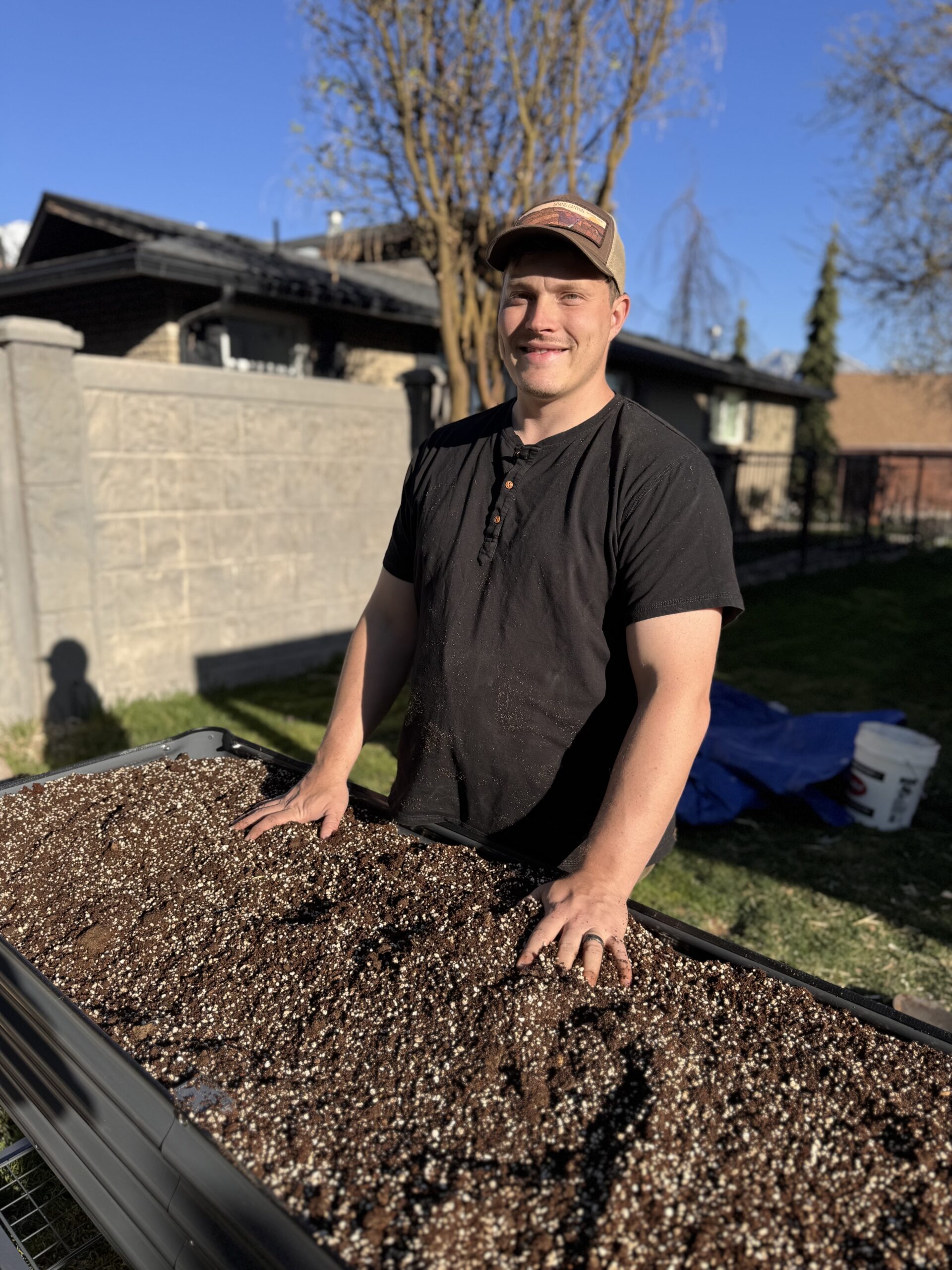
Let’s break it down and then explore how to create your own nutrient-rich soil using my trusted method, and other popular soil-building techniques.
From compost to fertilizer to coconut coir, I will walk through my recommended amendments for you to make your garden’s best nutrient-rich soil.
Let’s get started!
Table of Contents
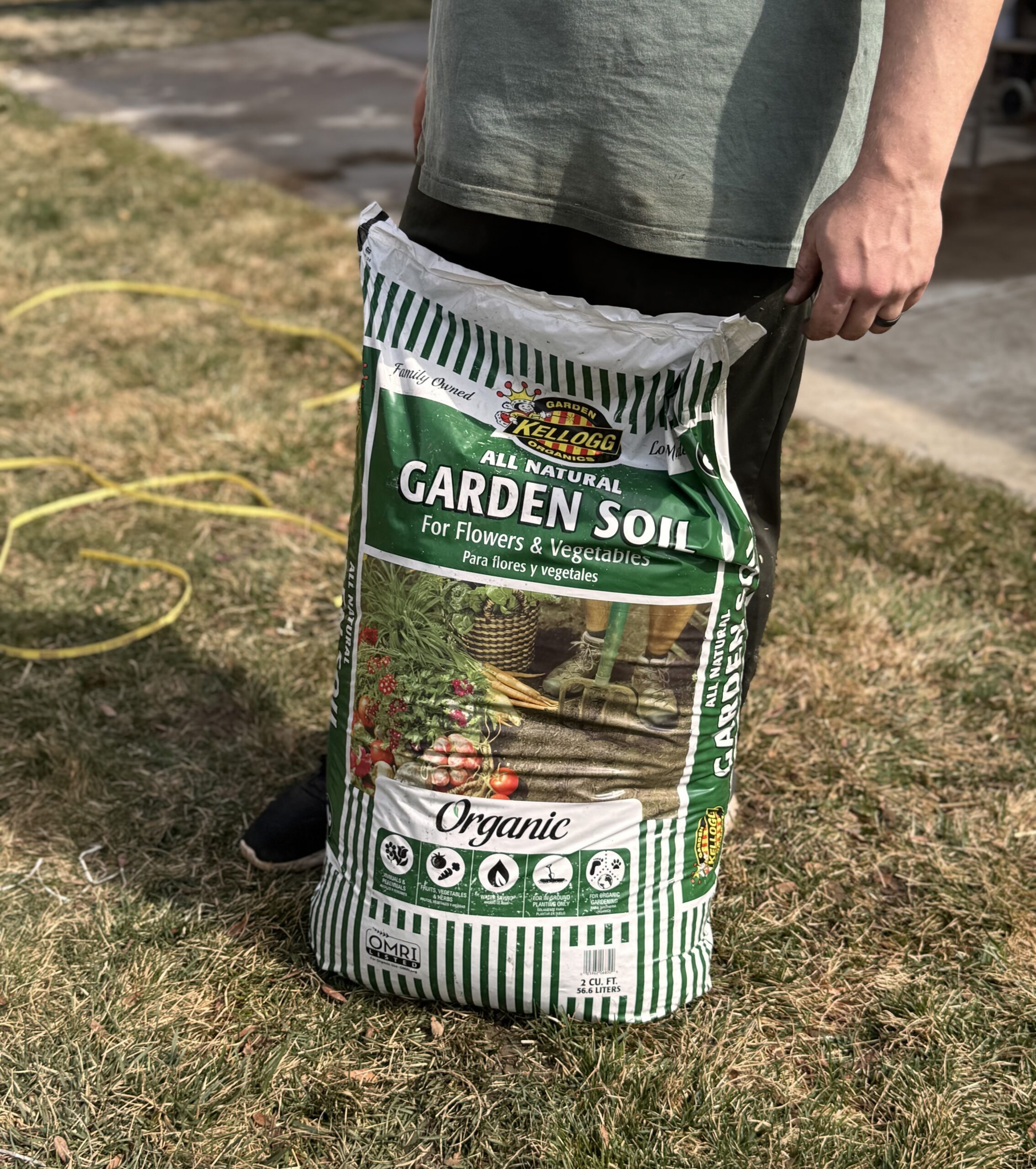
Soil vs. Dirt: What’s the Difference?
Soil: A complex ecosystem made up of minerals, organic matter, living organisms (like microbes and fungi), air, and water.
- Function: It supports plant life by supplying nutrients, anchorage, and moisture.
- Structure: Healthy soil has texture (sand, silt, clay), structure (the arrangement of soil particles), and living components (bacteria, fungi, earthworms).
- Ecosystem: Soil is alive. It sustains billions of organisms that help break down organic matter and cycle nutrients.
Dirt: Dirt is displaced soil. It lacks structure and life.
- Function: It has little to no use in gardening because it’s typically depleted of nutrients and organic matter.
- Examples: Dust on a windowsill, soil tracked indoors, or the dry, compacted stuff in construction zones.
Think of soil as a thriving, productive medium and dirt as a lifeless remnant of it.
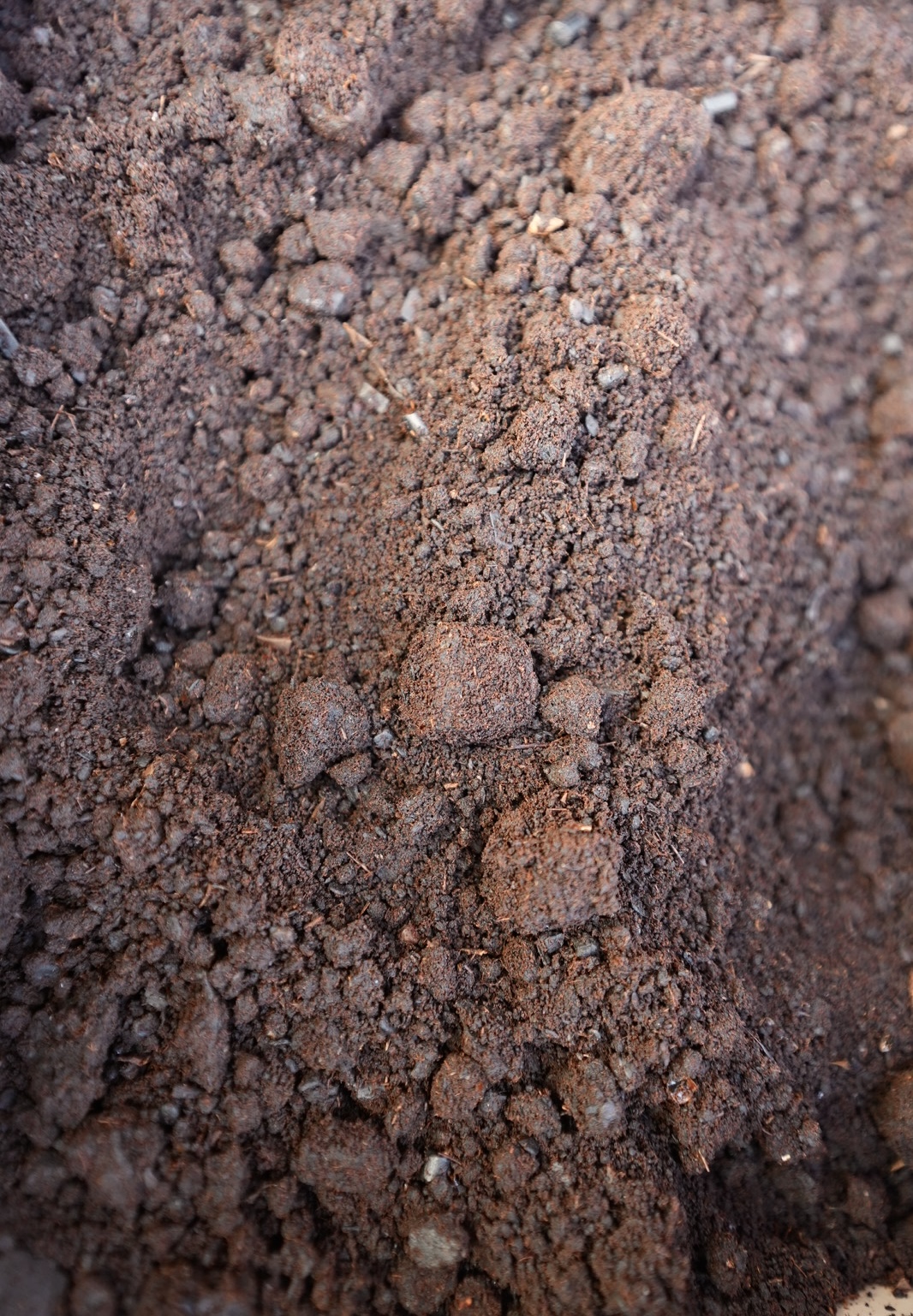
What is Potting Mix and Potting Soil?
Although “potting mix” and “potting soil” are often used interchangeably, they’re not quite the same. Potting mix is a soilless blend made for containers, while potting soil usually contains real dirt and is better for outdoor beds.
Potting Mix
- Soilless, made of peat or coco coir, perlite, and bark.
- Light, airy, and sterile, promoting good drainage and healthy roots.
- Best for containers and indoor plants.
- Often low in nutrients, so fertilizers or compost must be added.
Potting Soil
- Contains real soil, often mixed with compost or sand.
- Heavier and may hold more moisture but can compact in pots.
- May contain pests or weed seeds if not sterilized.
- Naturally richer in nutrients than soilless mixes, though quality varies.
- Better suited for garden beds or large raised beds.
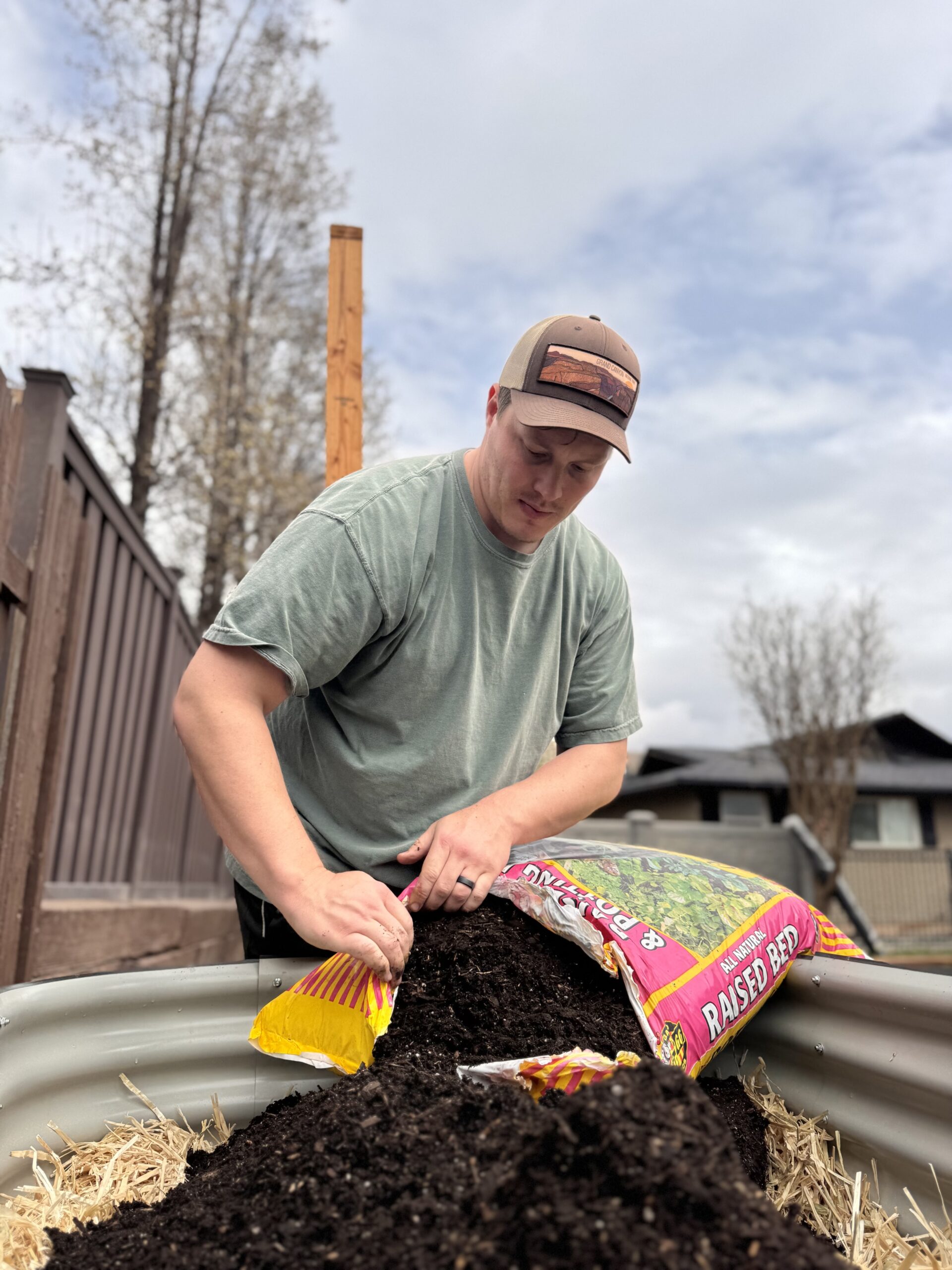
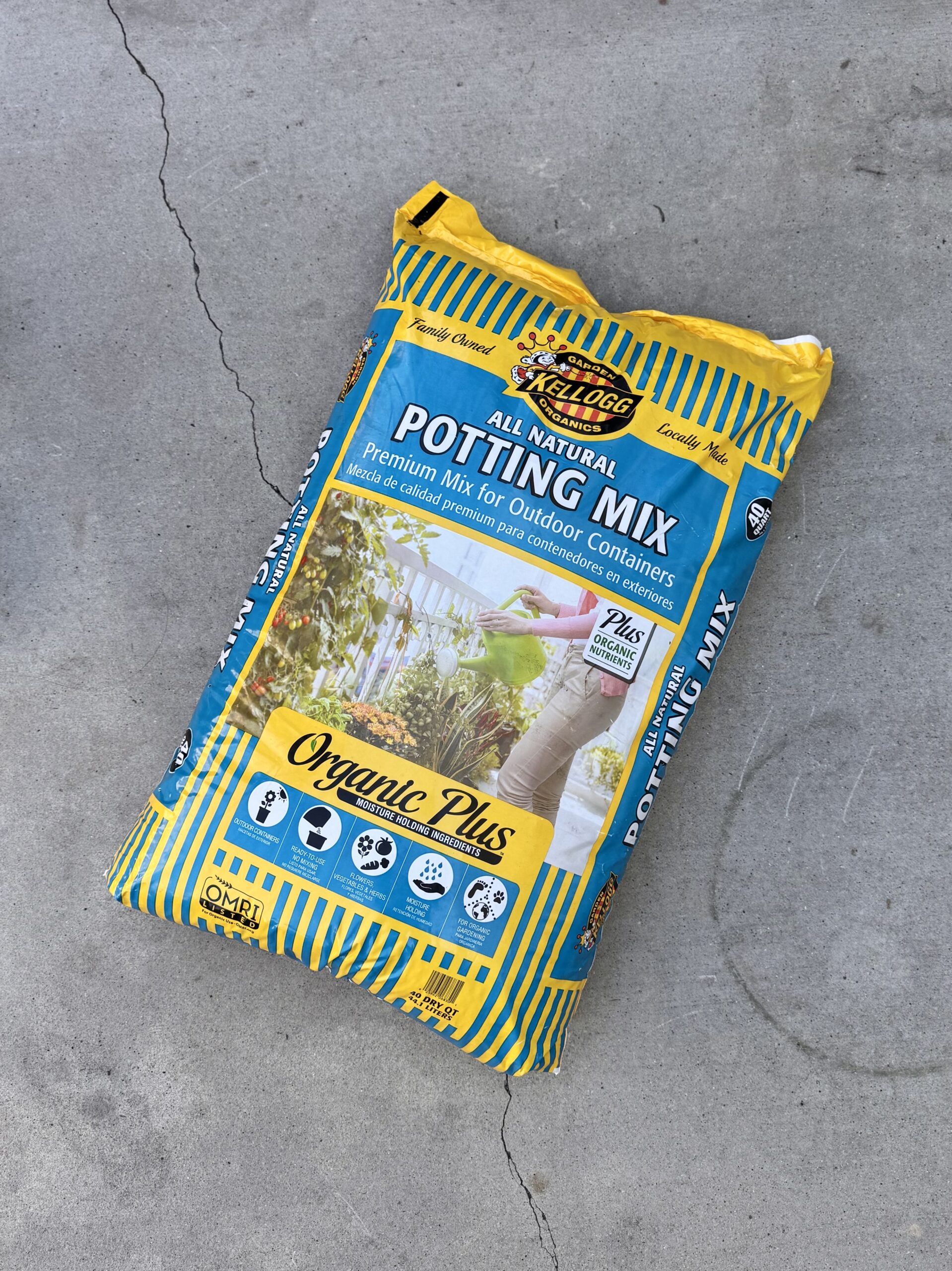
How to Make Your Own “Soil“
Creating your own soil gives you full control over quality, cost, and sustainability.
Below is the main method for an affordable and effective raised bed mix. This mix is perfect for vegetables, herbs, and flowers, and it’s easy to refresh each year by topping with more compost and mulch. Here are the measurements:
- 50% high-quality compost
- 30% coconut coir or peat moss (for moisture control)
- 20% perlite or coarse sand (for drainage)
Add:
- A handful of worm castings per square foot for microbial life and nutrients
- Organic fertilizers; see below
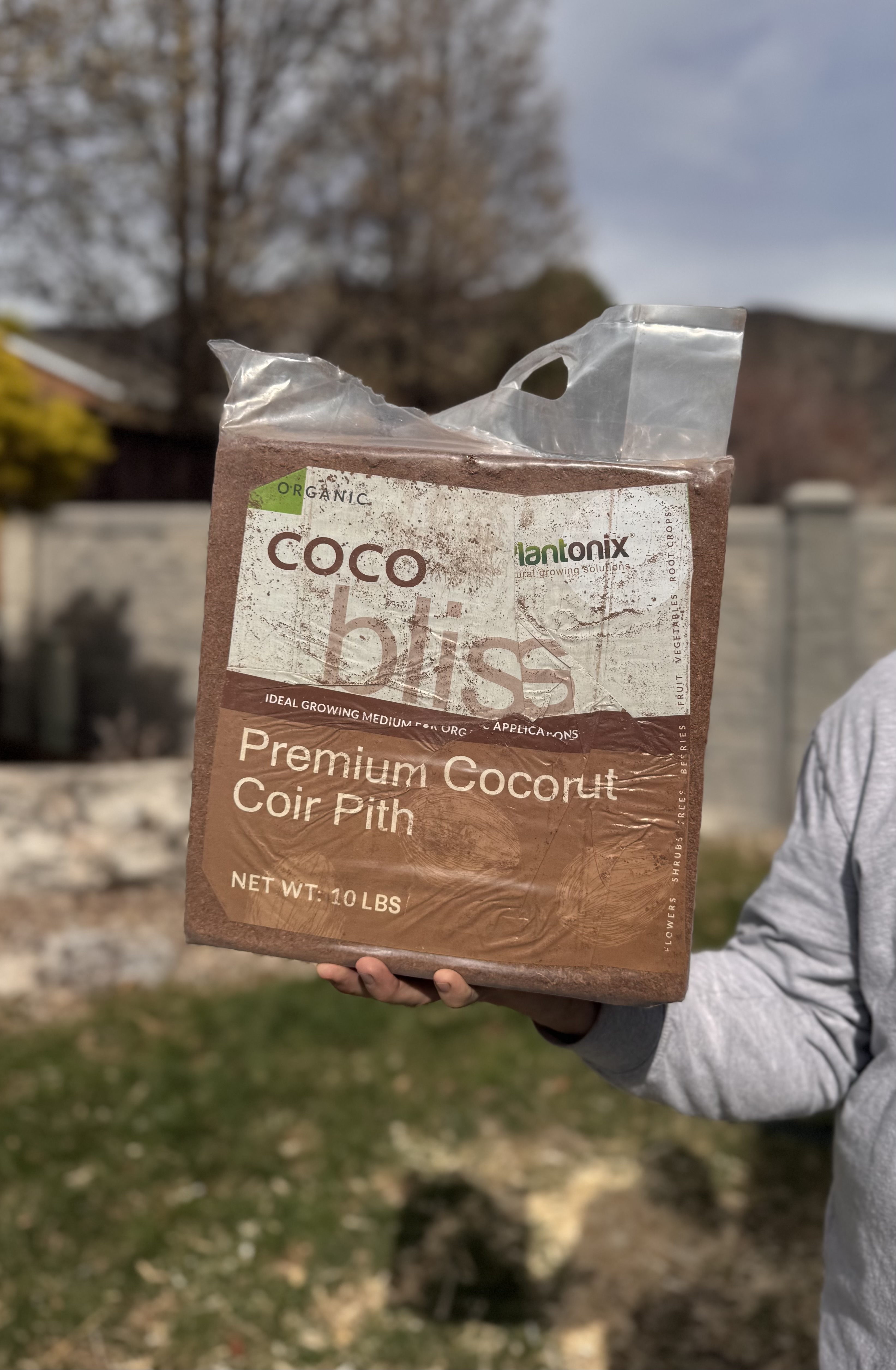
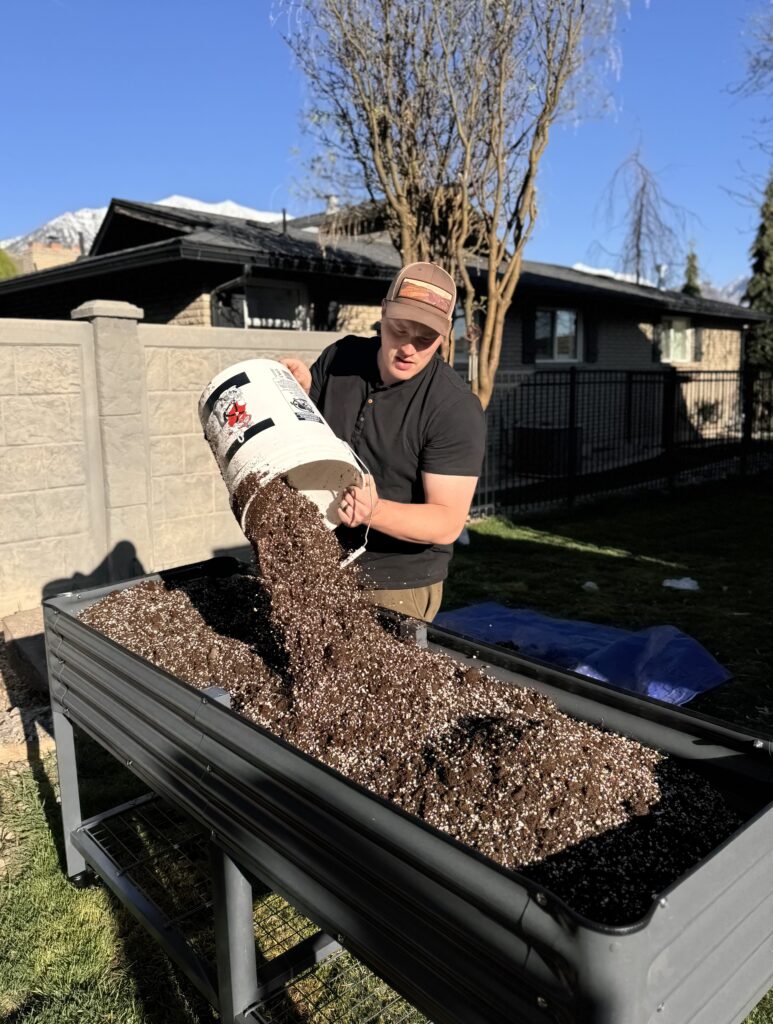
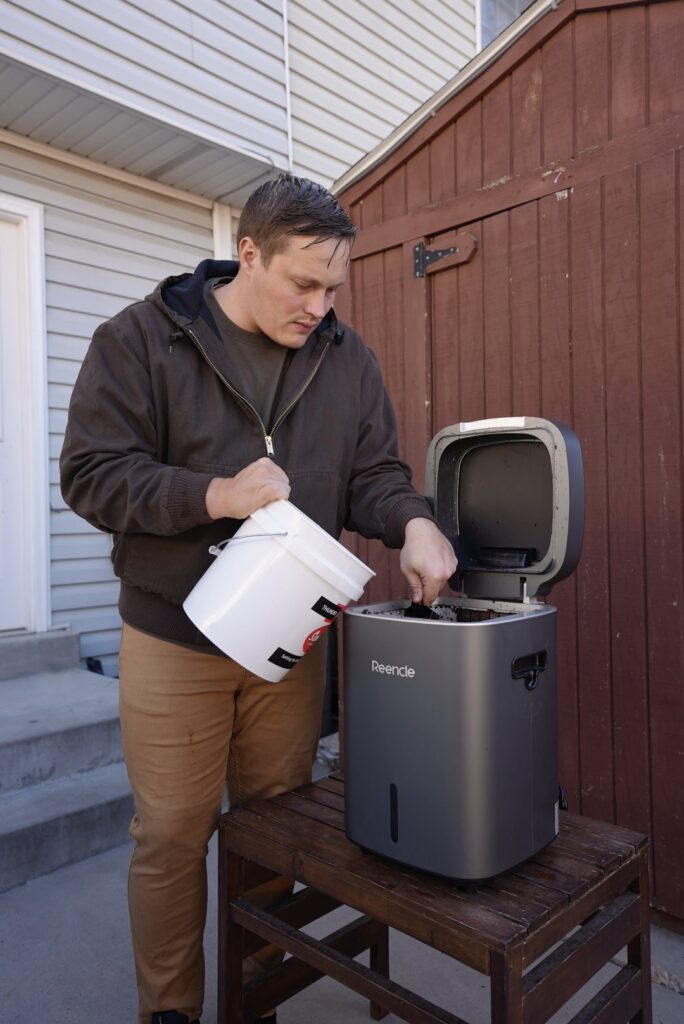
Benefits of Inorganic Additives (Perlite, Sand, Pumice):
- Improve Drainage: Prevent soggy roots by opening soil structure.
- Boost Aeration: Let oxygen reach roots for healthier growth.
- Prevent Compaction: Keep soil loose and root-friendly.
- Last Longer: Unlike organic matter, durable minerals maintain structure.
- Stabilize Temperature: Pumice buffers heat and cold.
What’s the difference between perlite, sand and pumice?
| Material | Key Benefit | Longevity |
| Perlite | Lightweight aeration, drainage | ~2–5 years; can crush and compact |
| Sand | Stable drainage, prevents compaction | Essentially permanent |
| Pumice | Aeration, drainage, slight water retention | Many decades; very durable |
Do I Need to Fertilize a Homemade Soil Mix?
Homemade soil mixes, especially those made with compost, often start out nutrient-rich. But depending on what you’re growing, compost might not be enough to sustain plants over time. Especially heavy feeders like tomatoes, squash, and corn.
So, is compost enough?
It depends on:
- Whether you’re growing in containers or in the ground
- The quality and variety of the compost
- The nutrient needs of the plant
If you’ve used:
- Compost only, no fertilizer: great for leafy greens, but you may need to supplement for fruiting crops
- Multiple compost sources (e.g., worm castings, leaf mold, manure): you’re starting off strong
- Store-bought compost only: may be lower in diversity and microbial life
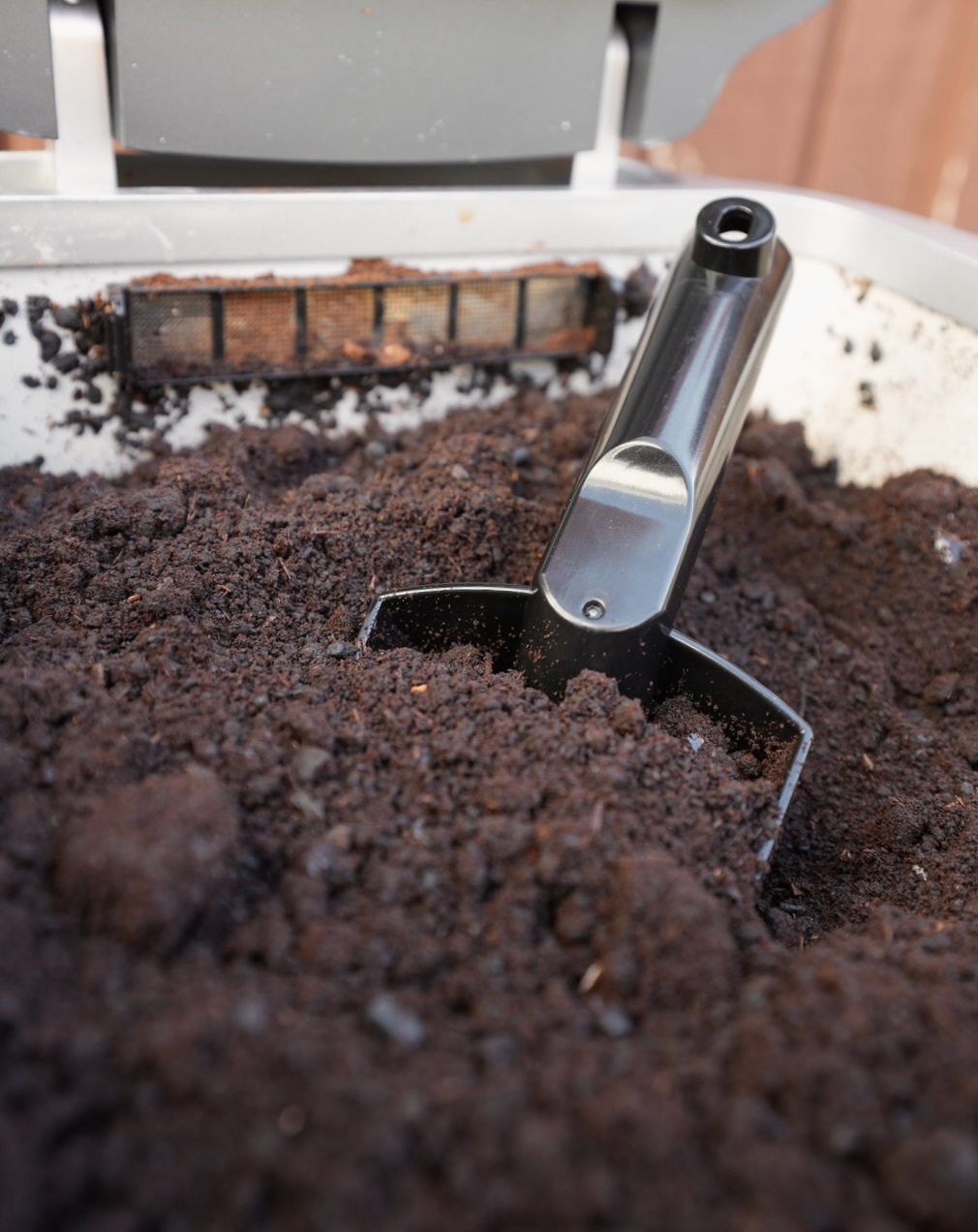
How to Fertilize a Homemade Soil Mix
Here’s how to keep your soil productive through the season, especially in raised beds and container gardens, where nutrients are used up more quickly.
1. Add Slow-Release Fertilizers at Planting Time
Slow-release fertilizers provide a steady supply of nutrients over weeks or months.
Examples:
- Granular organic fertilizer (like Espoma Garden-Tone or Dr. Earth)
- Pelletized chicken manure
- Compost + worm castings blend
Tip: Mix into the top 4 – 6 inches of soil before planting.
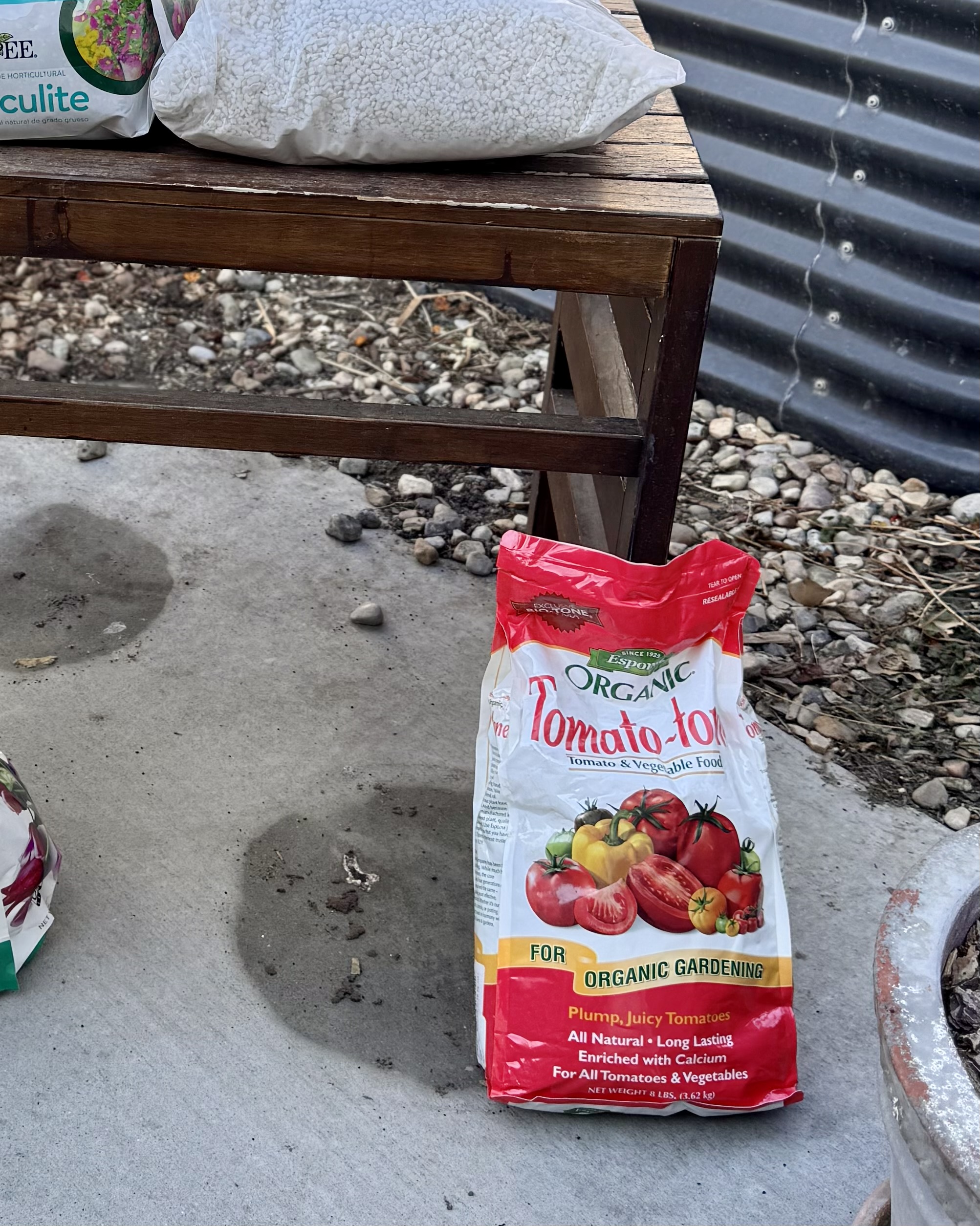
2. Top-Dress During the Season
This means to apply compost or fertilizer around plants a couple times during the season.
What to Use:
- A thin layer (½ – 1 inch) of compost
- A handful of worm castings
- A dusting of kelp meal, alfalfa meal, or rock phosphate
This keeps soil organisms fed and nutrients available without disturbing roots.
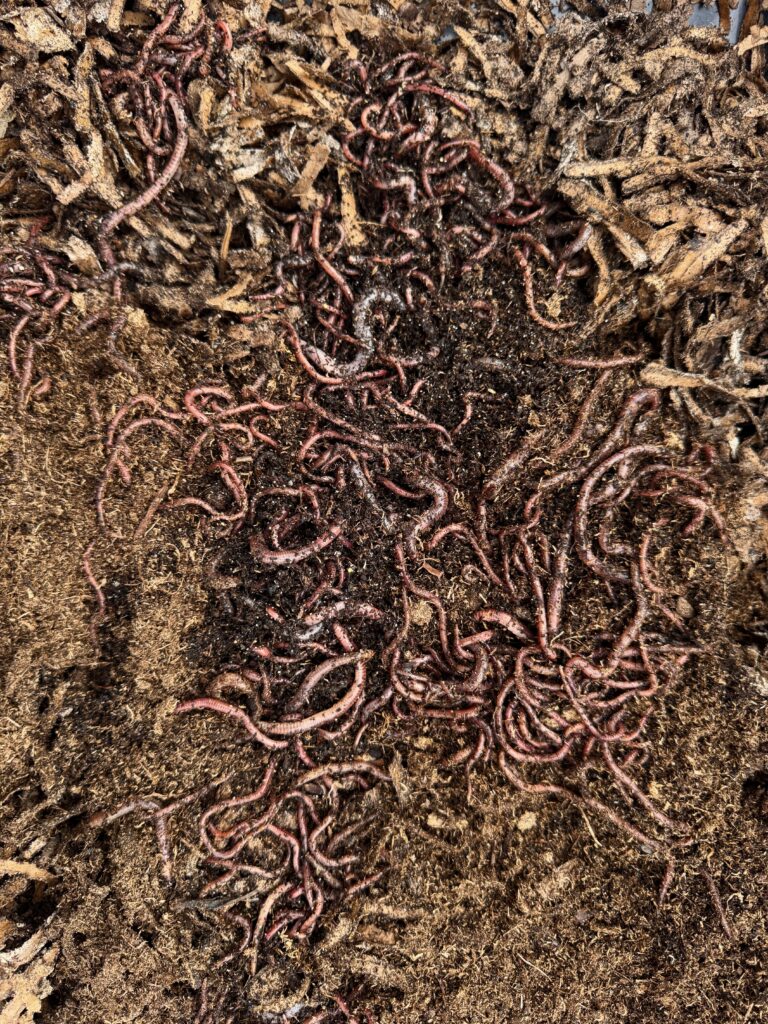
3. Use Liquid Fertilizers for Quick Boosts
This is especially helpful for containers or when plants look pale or sluggish.
Organic Options:
- Compost Tea: Made by steeping compost in water for 24 – 48 hours
- Fish Emulsion: High in nitrogen, great for leafy growth
- Seaweed Extract: Rich in micronutrients and helps with plant stress
Apply every 1 – 2 weeks during the growing season.
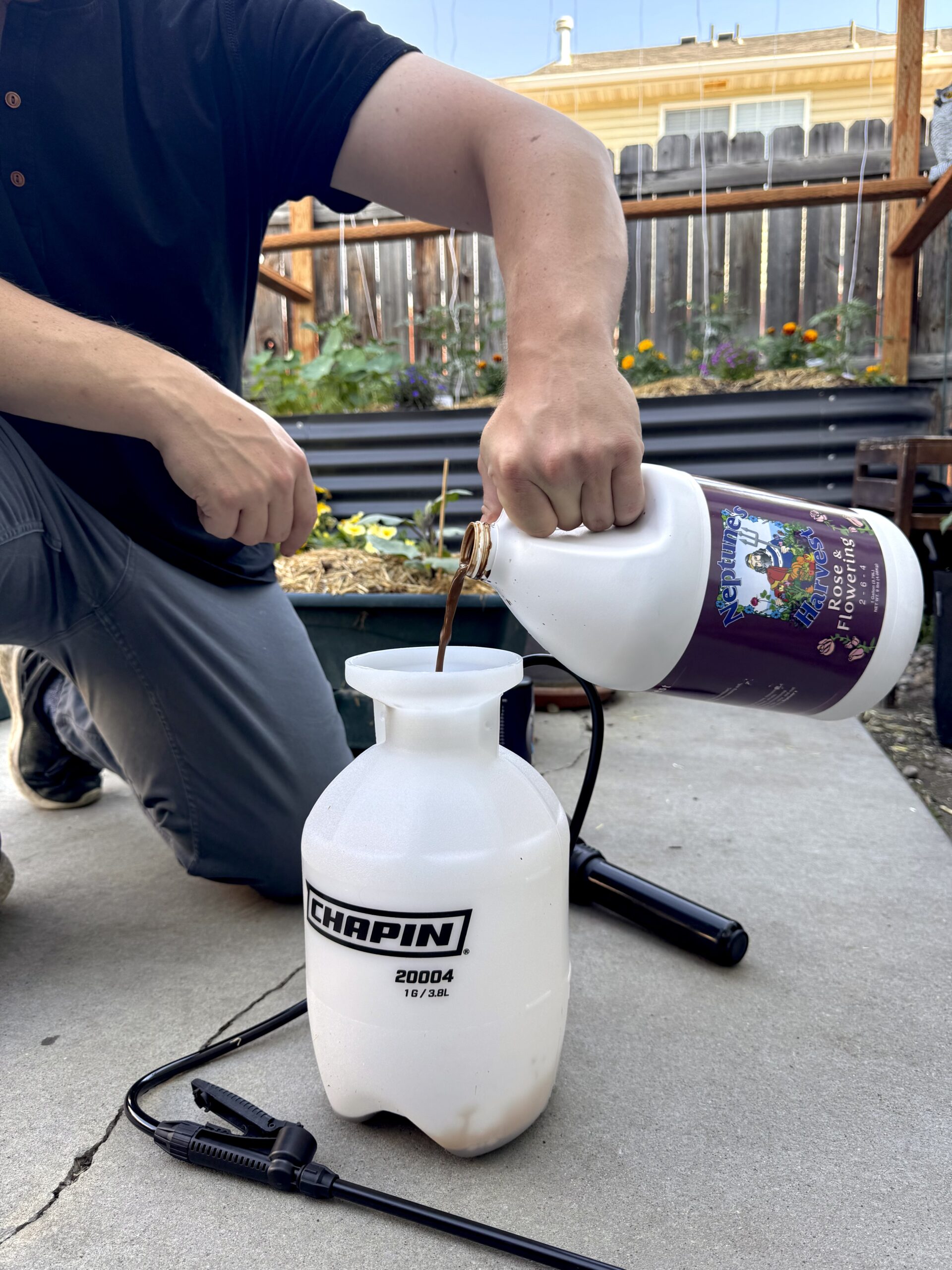
Thanks for reading along, guys!
If you enjoyed this blog post, be sure to check out my other gardening blog posts:
- How to Start a Garden on a Budget for Under $100
- Essential and Nice-to-Have Garden Products for Your Perfect Setup
- My Garden Setup: 3 Best Garden Containers for Every Gardener
- Understanding Garden Light and Shade: A Simple Guide
- How to Build a Homemade Trellis Using Cattle Panel
Be sure to follow me on social media for daily content and instructional videos about gardening!

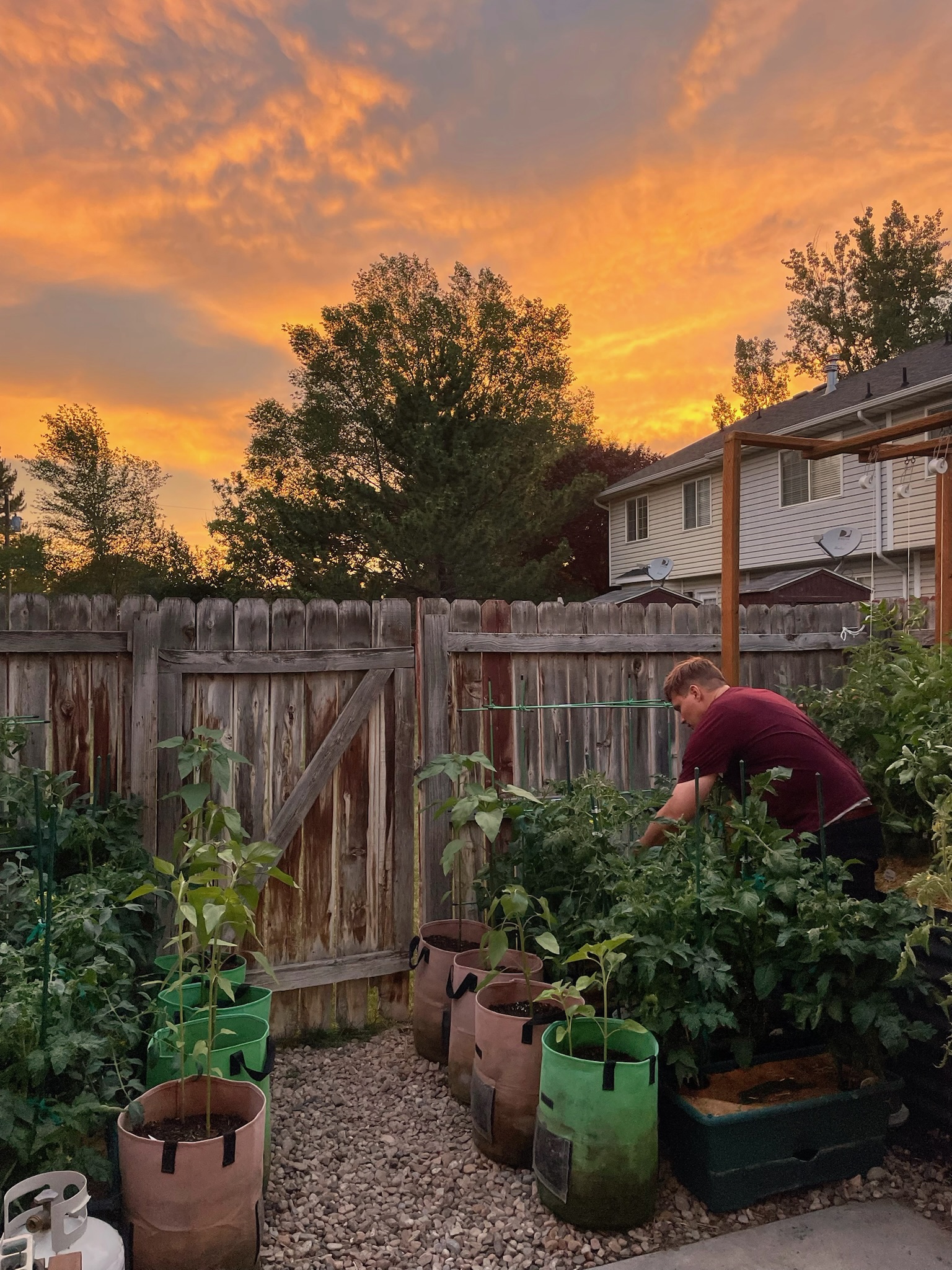




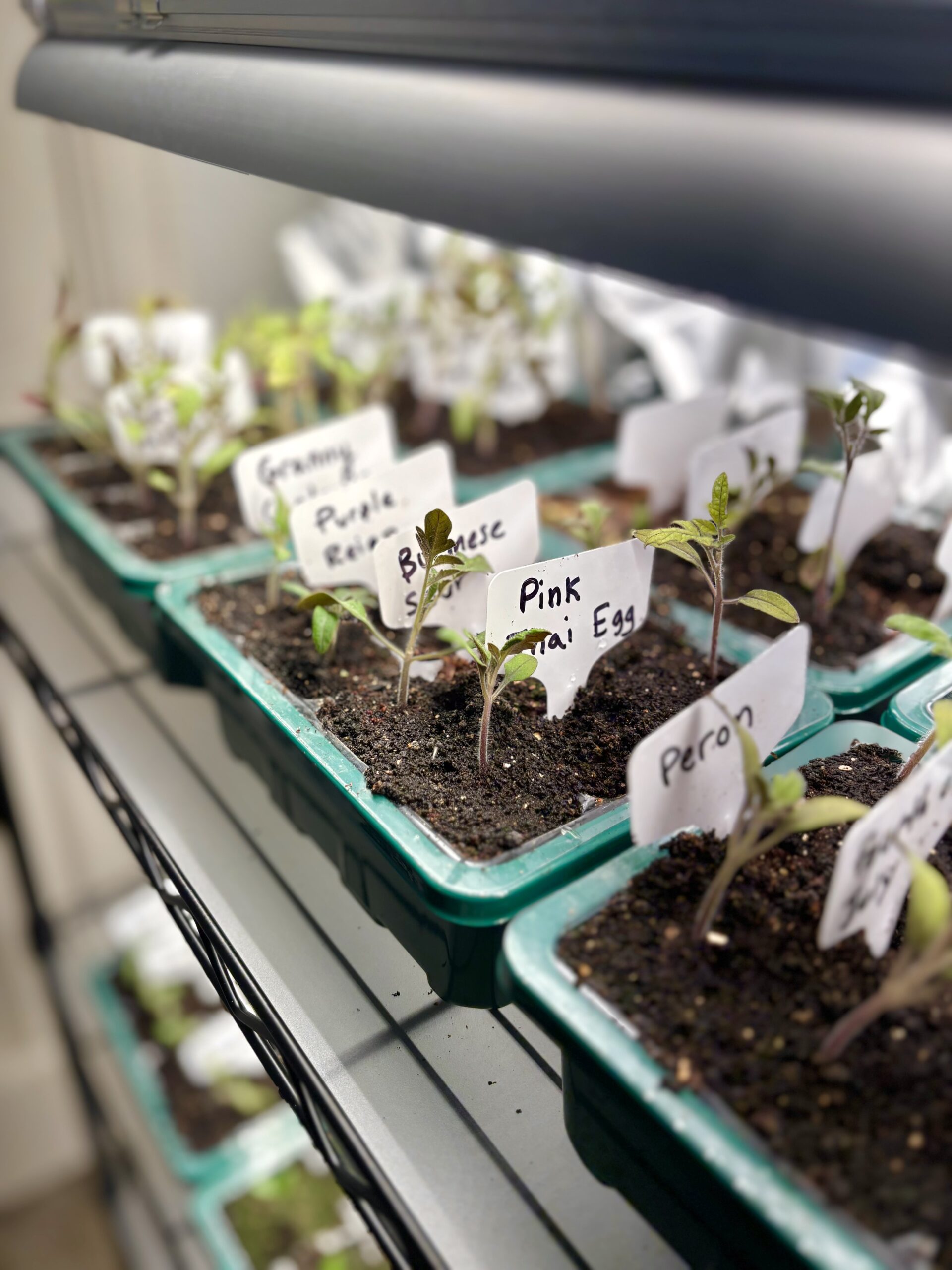
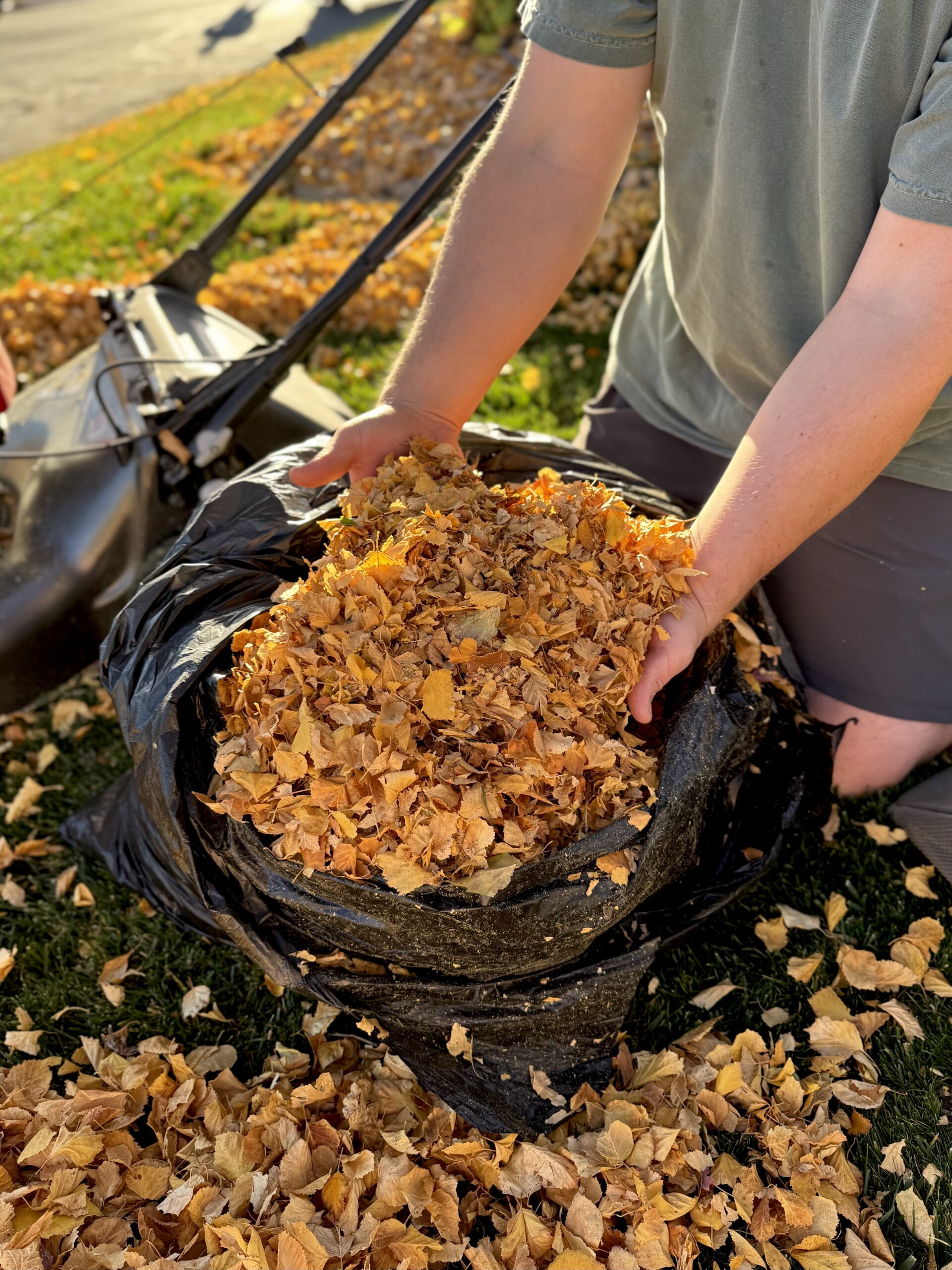
I love making my own soil because I can control the texture! And of course the nutrient profile.
This was the first time I really understood what makes healthy soil.